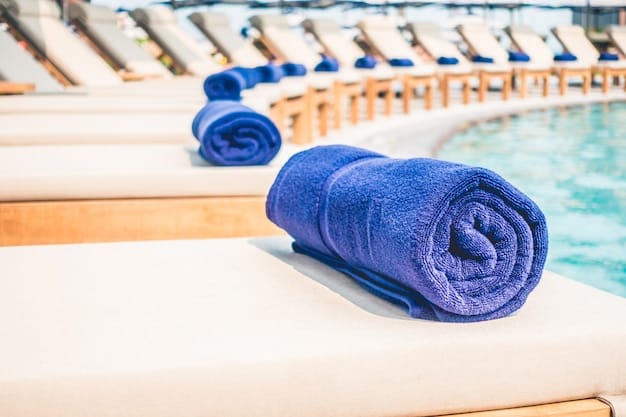
When you’re aiming for a suntan, you’ve got two main choices. You can either soak up the sun’s rays outdoors, which can be harmful, or opt for a tanning bed. However, if you’re looking for a safer option that still offers a great tan, bronzing beds might be the way to go instead of traditional tanning beds.
Getting to know the differences between bronzing and tanning beds can feel overwhelming. But the more you learn, the easier it becomes to choose the right one for you. Many people are searching for safer ways to achieve a glowing tan, and it turns out there are significant differences between the two types of beds. So, let’s break down the Bronzing Bed vs. Tanning Bed.
The key difference is that bronzing beds give you a darker, longer-lasting tan. This is because they use specific bulbs and different levels of UV light compared to tanning beds, creating deeper tans.
Other Differences Between Bronzing Beds and Tanning Beds:
1. Instant Tanning: Tanning beds use UVA and UVB rays for an immediate tan. These rays penetrate skin layers to activate melanin, giving you an instant tan without the risk of cell damage that comes with traditional sunbathing. They’re ideal for quick tanning without spending hours in the sun or applying tanning creams or sprays.
2. Tanning Options: Bronzing beds offer more choices than regular tanning beds. If you’re looking for a natural look that doesn’t seem artificial, there are numerous bronzing bed options to fit various budgets and personal styles.
3. Longevity: Bronzing beds utilize UVA light waves to give you a long-lasting tan from just one session. They provide more control over session duration and tan intensity, and they’re often considered safer since they don’t use UVB rays, which can cause sunburns or skin damage.
4. Safety and Risks: Bronzing beds aim to give you a healthy tan without skin damage. They emit low-intensity UVA rays, making them safer than tanning beds that use UVB rays. Besides tanning, bronzing beds can also help with anti-aging and reducing cellulite effects.
Benefits of Bronzing Beds:
1. Better Tanning Results: Bronzing beds deliver a deeper, more even tan than regular tanning beds and reduce the risk of sunburn and UV damage.
2. Less Sun Exposure: You can achieve an even tan after just one bronzing session, unlike days of sun exposure.
3. Increased Energy Levels: These beds offer vitamin D through artificial means, beneficial for those with deficiencies, boosting overall energy.
4. Safer Than Sun Tanning: These beds are designed to protect against UV rays, offering a more even tan without the risk of eye or skin damage.
5. Consistent Results: You can program settings for intensity and exposure time, ensuring a perfect tan every session.
How Bronzing Beds Work:
Bronzing beds differ from traditional tanning beds by using different light wavelengths. Traditional beds emit UVA light, which can damage skin cells and potentially cause cancer. Bronzing beds, however, use UVA/UVB rays, which are less damaging due to their lower UVA levels.
Are Bronzing Beds Safe?
They can be safe but come with certain risks. While the sunbed industry is heavily regulated, UV exposure in tanning beds can still potentially harm your skin. However, with careful use, these effects are minimized.
All You Need to Know About Tanning Beds:
Tanning bed technology has evolved, becoming safer with features like automatic shut-off timers and lower UV emissions. Despite improvements, they’ll pose risks if used improperly, especially for those with special medical conditions.
Benefits of Tanning Beds:
1. Even Tan: Tanning beds ensure consistent skin coloration.
2. Cost Savings: Regular use means fewer lotions or creams are needed.
3. No Sun Wait: Tanning beds offer immediate tanning without waiting for sunny weather.
4. Instant Tanning: Quick sessions lead to fast, even results, boosting confidence and relaxation.
5. Safer Than Sunbathing: Indoor tanning reduces sun exposure risks, like sunburns and potential skin damage.
How Often Should I Use a Tanning/Bronzing Bed?
Frequency depends on your tan goals. For quick, subtle tans, once or twice a week might suffice. For deeper tans, more frequent use might be necessary, but gradually increasing exposure to avoid burns is crucial.
What are UVA and UVB Lights?
Bronzing and tanning beds simulate the sun’s UV rays. UVA penetrates deeply, potentially aging skin and increasing cancer risks. UVB, a shorter wavelength, can cause sunburn and also contribute to skin damage over time.
Final Thought:
Try both options to see which suits you best, but always remember to take proper precautions when using tanning equipment.